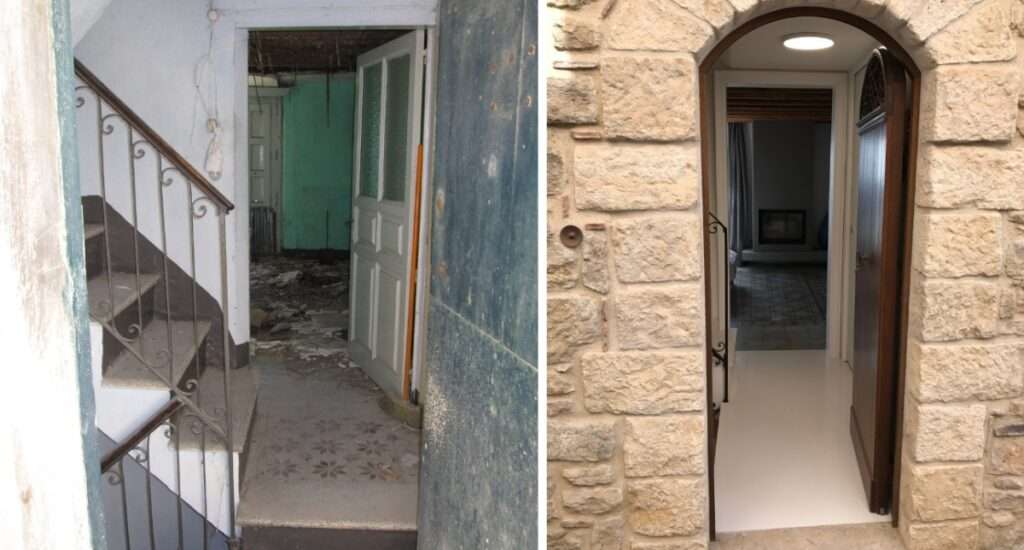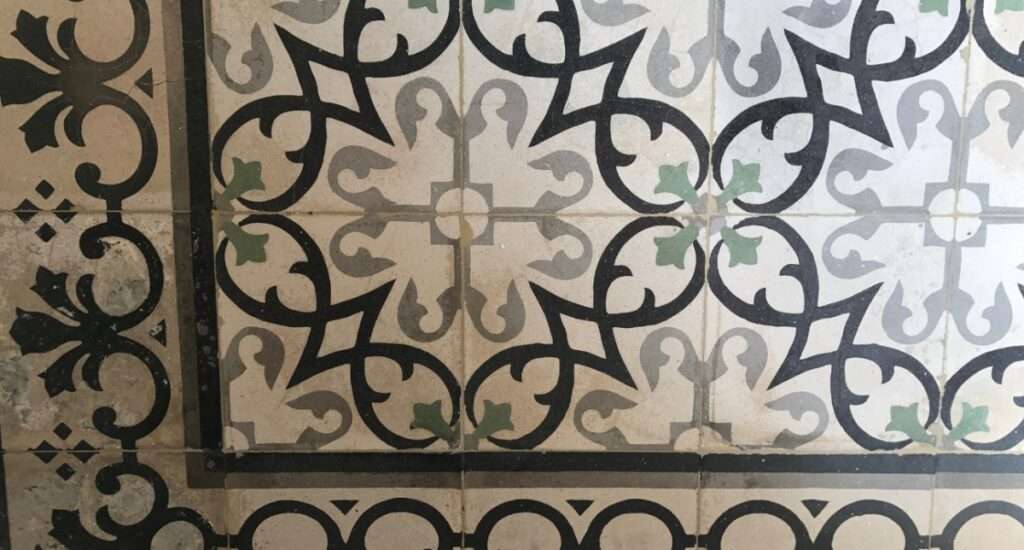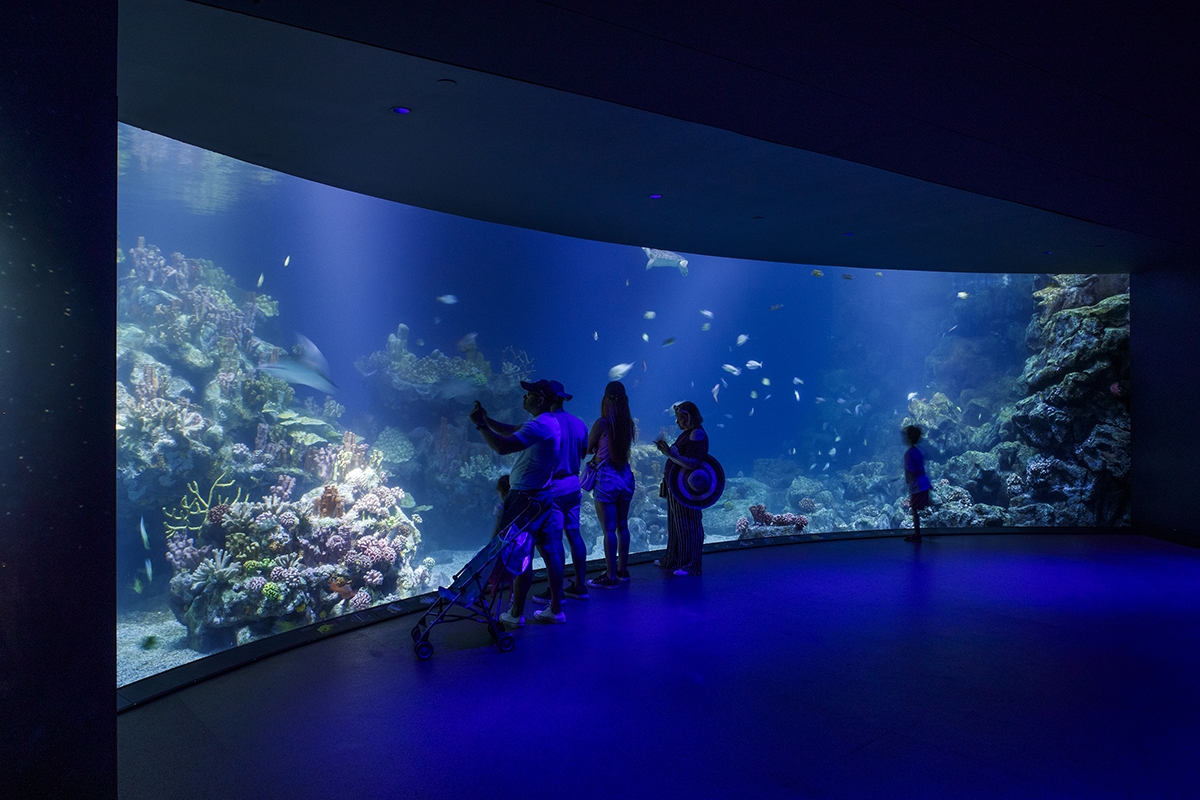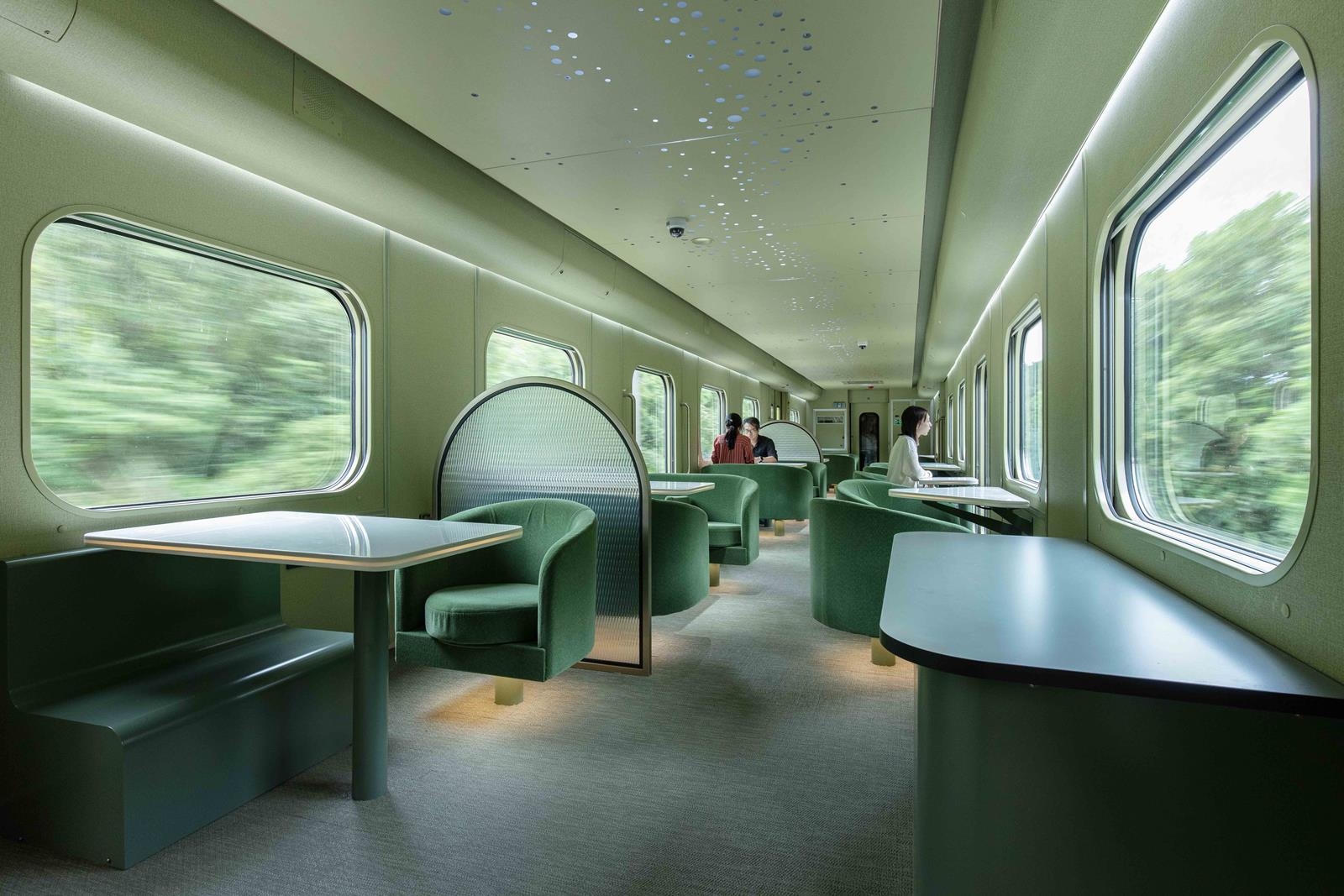Header: Alexandra Holbea
A few years ago, the internet was flooded with news about the one-euro homes in Italy. The dream was sold quickly: everyone wants a piece of La Dolce Vita, and for just one euro it is a bargain.
After several bureaucracies and trips back and forth, some lucky people managed to win a piece of the dream, and, four years later, the results are here for the world to see. Of course, buying the house is the cheap part, it’s the renovations that burnt a hole through these homeowner’s wallets. Most of these houses didn’t have any electricity or water, and some didn’t even have a roof, but they all had something in common: character.
The projects featured in this article show how it is possible to take a rundown building and turn it into a functional, stylish, and comfortable home. In this specific case, these renovations also helped bring the ancient towns the homes are located on back to life. Tourism and commerce seem to have returned to the villages set high on top of Sicilian hills, and all because of the influx of people brought over by the opportunity of buying the Italian dream for only one euro.
Tabbone, Sambuca di Sicilia
Meredith Tabbone, an American financial advisor, bought her very own one-euro house in the Sicilian town of Sambuca. The house, a crumbling 17th-century building, had no electricity or running water, and its roof was filled with asbestos. Despite these challenges, Meredith saw the potential and bid 4,000 euros on the property.
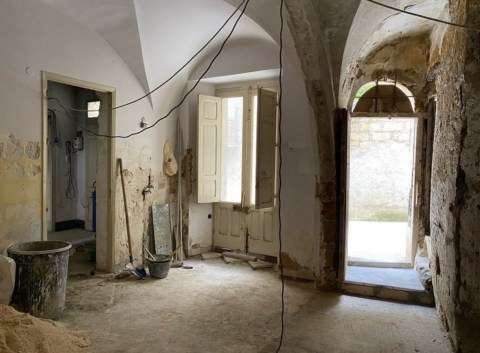
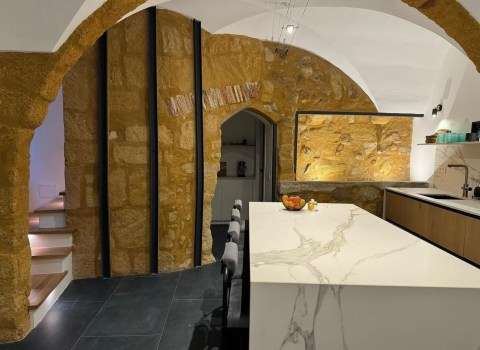
Over five years, she poured over 300,000 euros into transforming the 750-square-foot ruin into a luxurious four-bedroom vacation home. The old building now includes a spa, an outdoor kitchen, a wine cellar, and beautiful terraces that overlook the ancient village of Sambuca.
Meredith also purchased additional properties in the area to enhance the size of her vacation home but also to convert new spaces into guesthouses and even a gallery. This project has helped draw attention to Sambuca, contributing to local tourism and bringing over a much-needed economic revitalization. The homeowner splits her time between her home back in the U.S. and this vacation home, enjoying the pasta and nice weather while also showing others that they too can have the same experience if they put some time into the task.
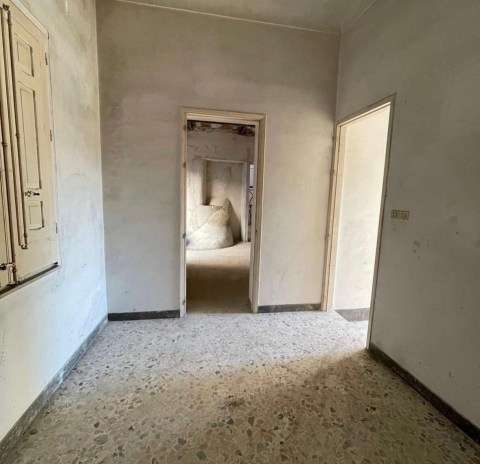
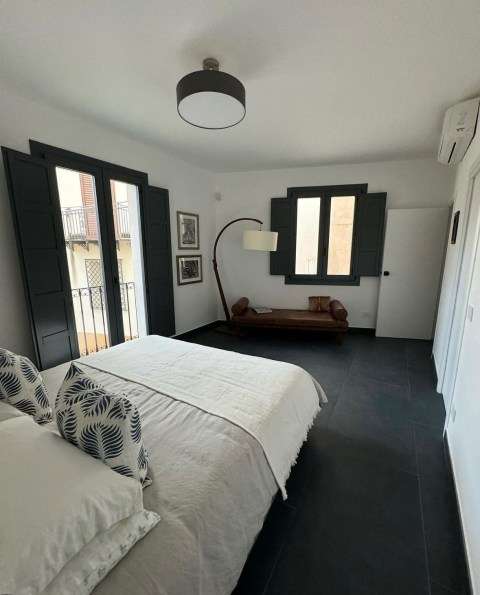
Ahmadi and Spencer, Sambuca di Sicilia
Massoud Ahmadi and Shelley Spencer, an American couple, purchased their one-euro home, also in Sambuca, to create their very own paradise home. Their 100-square-meter property featured stone walls, original floors, and barrel ceilings, all of which were preserved during the renovation. Working remotely from Washington, D.C., they trusted a local architect with the day-to-day supervision of the project, visiting Sicily occasionally to see how the renovation was progressing. Thanks to the architect, the project was completed on budget despite how hard COVID-19 hit Italy.
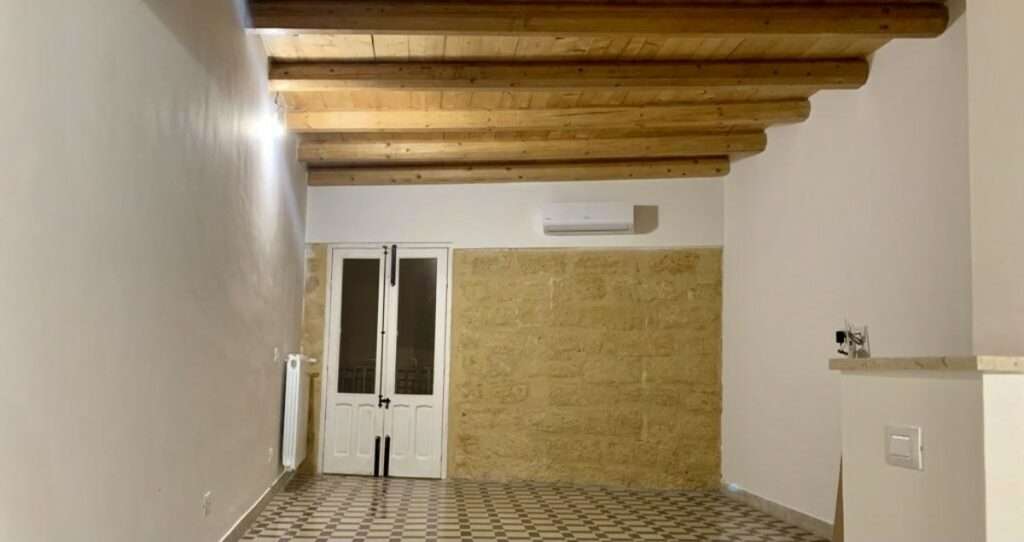
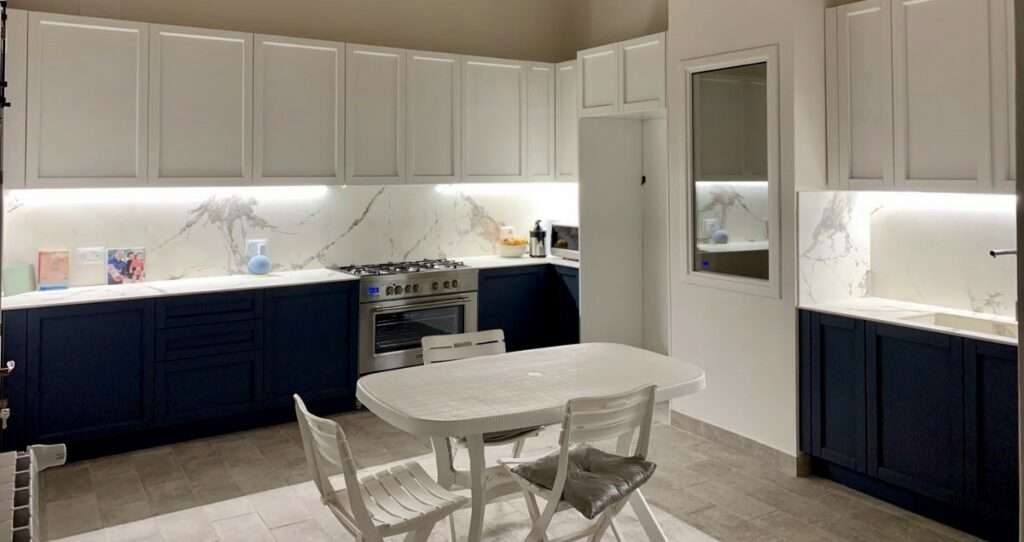
The result of the renovation couldn’t be more dreamy, as the historical elements of the structure were kept intact and mixed with the luxuries of modernity: an inviting open kitchen, guest quarters, and even a lift. Much like Meredith, the couple also expanded their property by purchasing a neighbouring house, adding a courtyard and a terrace with priceless views of the nearby lake and mountains.
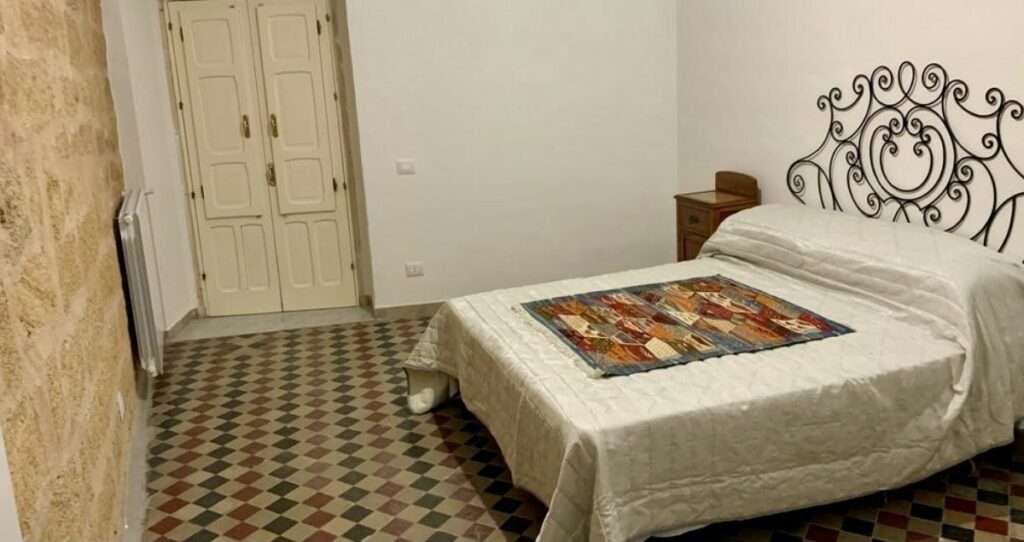
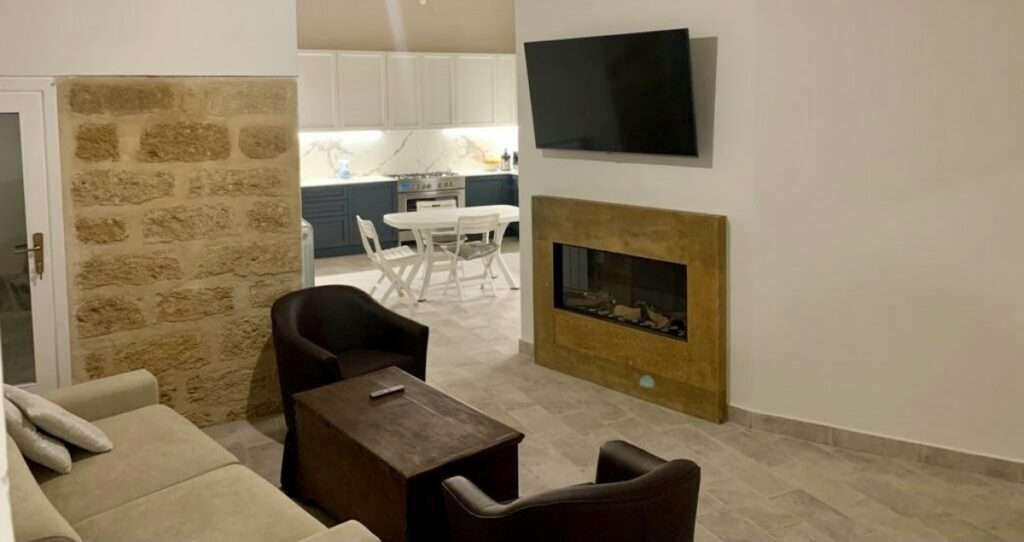
Vitellaro, Gangi
The Vitellaro family was among the first to take advantage of the one-euro house initiative in Gangi, Sicily. Jerry Vitellaro, an engineer, put all of his focus into renovating his family’s new home, which was in a state of near collapse when they acquired it. The family was determined to preserve as much of the original structure as possible, using local materials such as chestnut wood and stone to restore historical elements like steps and floors.
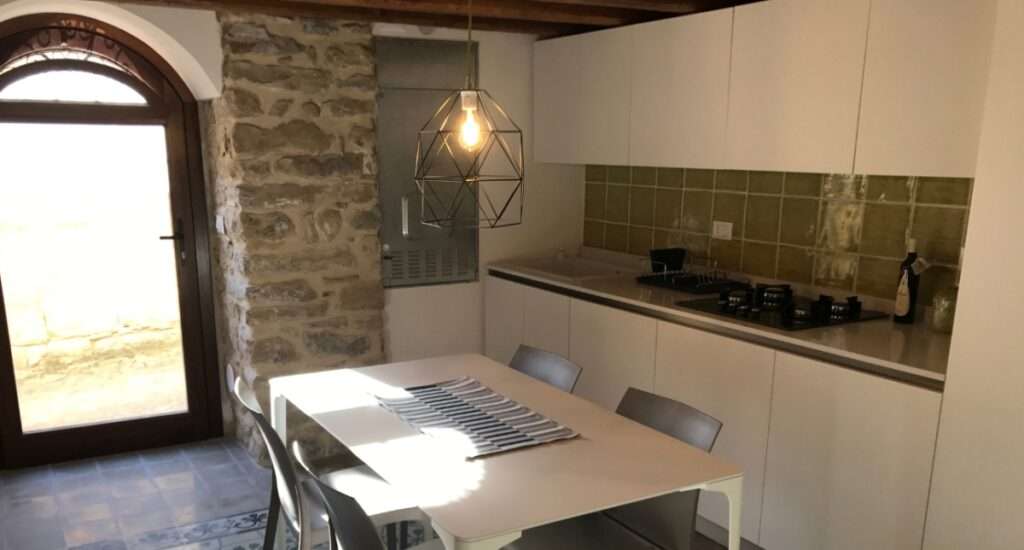
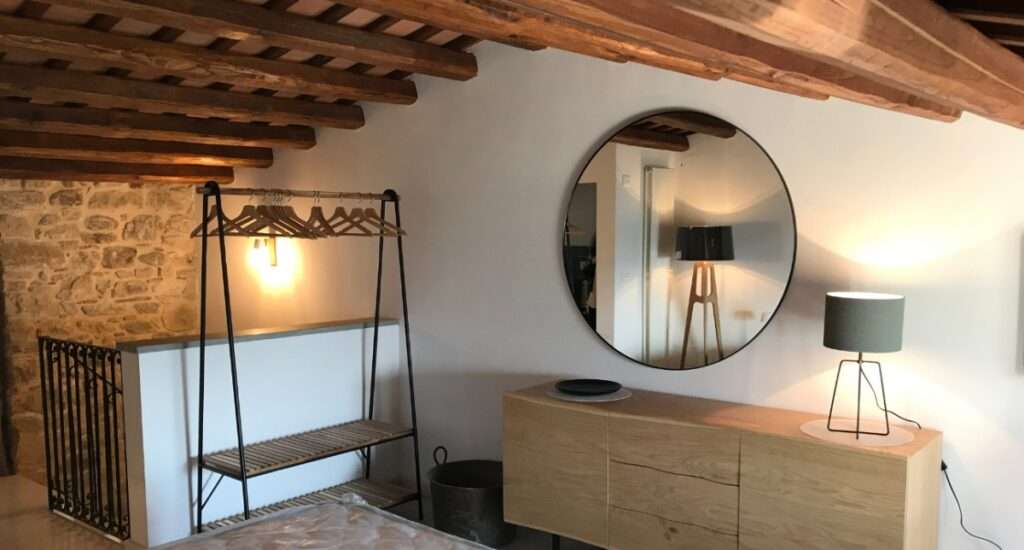
Today, the Vitellaros’ home is used as a winter retreat, having become an inspiration for other buyers in Gangi by showing that, with the right resources and patience, these old, crumbling homes could become livable and beautiful once again. Their investment also contributed to the effort to revitalise Gangi, as they brought new life to a town that had been suffering from depopulation for a while.
